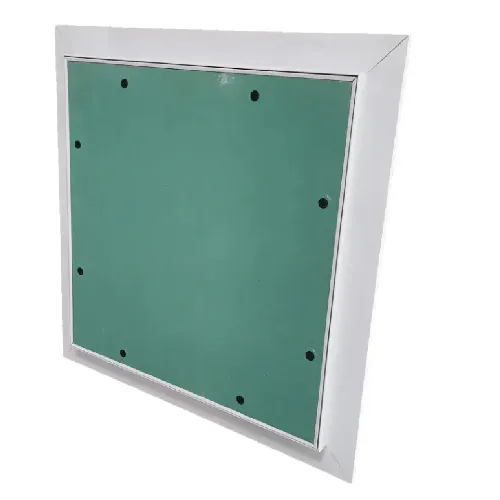- Afrikaans
- Albanian
- Amharic
- Arabic
- Armenian
- Azerbaijani
- Basque
- Belarusian
- Bengali
- Bosnian
- Bulgarian
- Catalan
- Cebuano
- Corsican
- Croatian
- Czech
- Danish
- Dutch
- English
- Esperanto
- Estonian
- French
- German
- Greek
- Hindi
- Indonesian
- irish
- Italian
- Japanese
- Korean
- Lao
- Malay
- Myanmar
- Norwegian
- Norwegian
- Polish
- Portuguese
- Romanian
- Russian
- Serbian
- Spanish
- Swedish
- Thai
- Turkish
- Ukrainian
- Uzbek
- Vietnamese
Νοέ . 24, 2024 15:33 Back to list
laminated gypsum board
Understanding Laminated Gypsum Board Benefits and Applications
Laminated gypsum board, commonly referred to as drywall or gypsum wallboard, is a building material widely used in construction and renovation projects. This innovative product consists of a core made from gypsum plaster, sandwiched between two layers of heavy-duty paper or fiberglass matting. Its versatility and ease of installation make it a popular choice among builders and homeowners alike.
One of the primary advantages of laminated gypsum board is its fire-resistant properties. Gypsum itself is a mineral that has inherent fire-resistant characteristics, and when it’s used in wall construction, it can significantly enhance the fire safety of a building. In fact, many building codes require the use of fire-rated gypsum board in specific areas, providing essential protection in case of a fire.
In addition to its safety features, laminated gypsum board offers excellent sound insulation. The dense core helps in reducing noise transmission between rooms, making it an ideal choice for residential and commercial applications where privacy and noise control are concerns. This property is particularly advantageous in multi-family dwellings and office buildings, where noise can often be a disruptive factor.
Laminated gypsum boards are also favored for their ease of installation. These boards can be cut to size with minimal effort, and they can be easily attached to wooden or metal frames. This not only speeds up the construction process but also reduces labor costs, making it a cost-effective option for many projects. The seamless finish achieved with gypsum board is another benefit, as it creates clean lines that enhance the overall aesthetic appeal of a space.
laminated gypsum board

Another noteworthy aspect of laminated gypsum board is its adaptability to various environments. It can be used in different areas of a building, including walls, ceilings, and even as a component in modular construction. With the development of moisture-resistant and mold-resistant varieties, laminated gypsum board is also suitable for areas with high humidity, such as bathrooms and kitchens.
Sustainability is another important feature of laminated gypsum board. Many manufacturers produce boards using recycled materials, contributing to environmental sustainability. Furthermore, the production process of gypsum board generates less waste compared to other building materials, aligning with modern eco-friendly building practices.
Finally, laminated gypsum boards provide designers and architects with endless possibilities for creativity. They can be easily finished with paint, wallpaper, or textures, allowing for various design styles that cater to different tastes and preferences. Whether it’s for residential interiors or commercial spaces, laminated gypsum board serves as a blank canvas for innovative designs.
In summary, laminated gypsum board is a crucial component in modern construction. Its fire resistance, sound insulation, ease of installation, adaptability, sustainability, and design flexibility make it an indispensable material for builders and homeowners. As the construction industry continues to evolve, the demand for laminated gypsum boards is likely to increase, cementing their status as a go-to solution for a range of building needs.
-
Transform Interiors with PVC Gypsum Ceiling: A Stylish, Durable, and Moisture-Resistant SolutionNewsMay.19,2025
-
The Smart Interior Upgrade: Discover the Durability and Versatility of Gypsum Ceiling Access Panel SolutionsNewsMay.19,2025
-
The Smart Choice for Interior Design: Discover the Value of PVC Gypsum Ceiling SolutionsNewsMay.19,2025
-
Mineral Fiber Ceiling Tiles: The Smart Blend of Performance and AestheticsNewsMay.19,2025
-
Mineral Fiber Ceiling Tiles: The Superior Choice Over Gypsum for Sound and Fire SafetyNewsMay.19,2025
-
Mineral Fiber Ceiling Tiles: Eco-Friendly Strength and Style for Every CeilingNewsMay.19,2025







